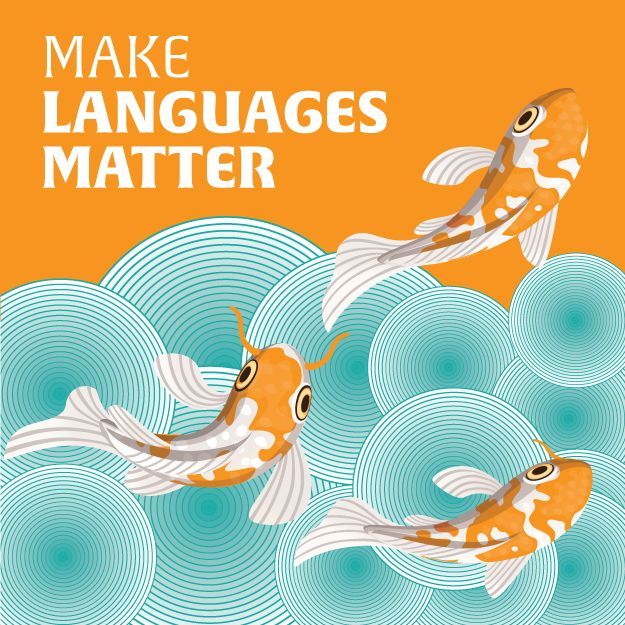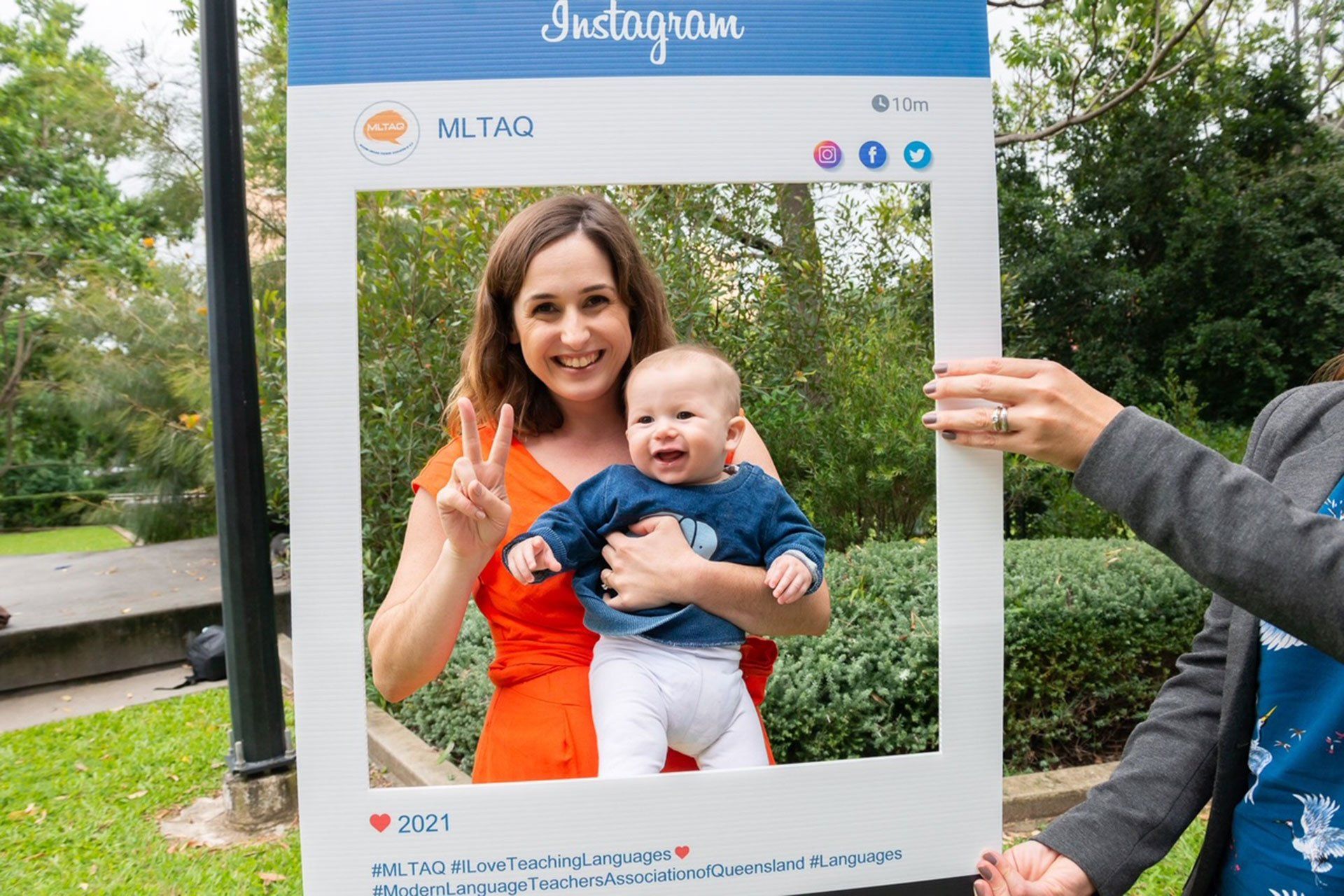Change starts in the mind(set)
Change starts in the mind(set)
Change is all around us right now. The seasons are changing, the government is changing, and to top it all off, the Australian Curriculum is changing, too! Change isn’t always easy. Even though for teachers change often comes with the job, that doesn’t mean it’s smooth sailing.
Change is all around us right now. The seasons are changing, the government is changing, and to top it all off, the Australian Curriculum is changing, too! Change isn’t always easy. Even though for teachers change often comes with the job, that doesn’t mean it’s smooth sailing.
The release of the new Australian Curriculum may be bringing up some feelings for you - from curiosity or even excitement to frustration or overwhelm. It’s normal for these feelings to come up when you’re faced with something new.
Whether your state chooses to adopt the new Curriculum next year or in a few years’ time, in the foreseeable future you may need to adjust your program to align to Version 9.0. This could be a frustrating or disheartening prospect for teachers who may only just feel comfortable with Version 8.4. The Queensland C2C resources for some Languages are barely 5 years old, and the NESA Curriculum, released in 2019, is already being reformed just 3 years later. It’s understandable for teachers to feel unhappy that the goalpoasts are about to move yet again.
Daunting as it may feel, the new Curriculum could be a golden opportunity for us Languages teachers to take an honest look at what we’re doing, and see if there might be a better way. But in a profession where there is never enough time, once you have a program established that you’re comfortable with, it’s tempting to stay in that groove indefinitely. The trickiest thing about our comfort zone is that it’s comfortable there - even if deep down we know staying in that zone is not getting the results we want.
At this early stage in the change process, it could be beneficial for us to examine our mindset. What is the prospect of this change bringing up for us? Our perception of a situation is tremendously powerful, and could make all the difference when faced with a change over which we have little control.
It’s likely you’ve heard of the term ‘growth mindset’. It’s often something we encourage in our students, but what about in ourselves?
Carol Dweck is arguably one of the most prominent researchers of fixed and growth mindsets and their impact on learning. Her work is well-known across the education sector, and she is happy that people are becoming more aware of the role mindset plays in achievement and intelligence. However, she warns against developing what she calls a ‘false growth mindset’, and against making the fixed mindset something to avoid or deny having (Dweck, 2015).
Dweck is clear that we are all a mixture of both mindsets, and it’s more valuable to recognise triggers of a fixed mindset response than to try to eliminate it completely. This is helpful to keep in mind when it comes to the new Curriculum - it gives you permission to feel those feelings, recognise them and respond.
Take a look at the triggers and responses in the table. Do any of them resonate with you?
| Trigger | Fixed mindset response |
|---|---|
| Changes from above / outside your control | Feeling powerless |
| Feeling angry | |
| Feeling protective of what you’re already doing | |
| Students aren’t listening or learning | Feeling incompetent |
| Feeling defeated | |
| Looking for an excuse | |
| Someone criticises you | Becoming defensive |
| Getting angry | |
| Feeling crushed | |
| You see a teacher who is better than you at something you value | Feeling envious |
| Feeling threatened |
Dweck’s advice? To accept those feelings and work through them. Look to learn from the situation rather than feeling like you are somehow to blame. Being aware that these feelings will come up can help you respond in a positive way. It could be as simple as adding the word ‘yet’ to anything you tell yourself that starts with the phrase ‘I can’t’. See if you can catch and shift your fixed mindset when it appears with the power of ‘yet’.
Language teachers in particular are surrounded by the principles of a growth mindset. Learning another language and having a growth mindset go hand-in-hand. Since it’s impossible to know all there is to know about a language, we’re always finding out new things, and we approach this new learning with an open mind. Even native speakers will hear new terminology emerging – young people use new slang almost every week! We can apply that same curiosity and openness to changes such as the new Curriculum.
This approach can benefit our students in so many ways – not only because our teaching will improve if we’re trying new things, but also because modelling good practice is a powerful teaching tool. We can promote a growth mindset in our students more effectively if they see us modelling it ourselves. If we show rather than tell our students about having a growth mindset, we are leading by example.
If the release of the new Australian Curriculum for Languages has you feeling like it’s time for change in your classroom, what next? In a job that can leave us feeling like we’re not doing enough as it is, how can we put our already precious time into something that may not yield fast results?
This is a great moment to talk about Kaizen methodology. While not technically a mindset in itself, Kaizen can help us create a shift in the way we approach life improvements.
What exactly is Kaizen? Described as ‘sustained continual improvement’, the term Kaizen comes from the Japanese ‘kai’ - meaning ‘change’, and ‘zen’ - meaning ‘for the better’. It is an approach to change that values small, sustained action that over time produces better results than a sudden, drastic change that is later abandoned. The Kaizen Institute defines Kaizen as ‘continuing improvement involving everyone’.
Kaizen is a great way to remind yourself that even a small change can have a huge impact if it’s consistent. If auditing your entire program against the new Australian Curriculum seems overwhelming, start by familiarising yourself with the changes in a particular band. If the new Curriculum release feels like an opportunity to reinvigorate your teaching program but writing the whole thing from scratch feels like too much, start with updating one assessment.
Try it for yourself – see if you can break down big changes like implementing a whole new Curriculum into smaller, sustainable Kaizen steps. Make changes that are small and sustainable, and you will be surprised how quickly progress can be made.
When faced with so much change, perhaps your next move is to apply a growth mindset to the new version of the Australian Curriculum. It could be the first Kaizen step towards the program of your dreams!
As always, we’d love to hear how you get on. Get in touch and let us know your story! And don’t forget that Languages Roadshow is here to support you during these changes.
Fran Smartt
Languages Roadshow
Italian and Spanish Specialist


